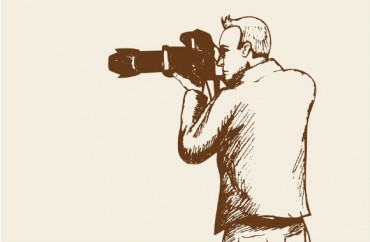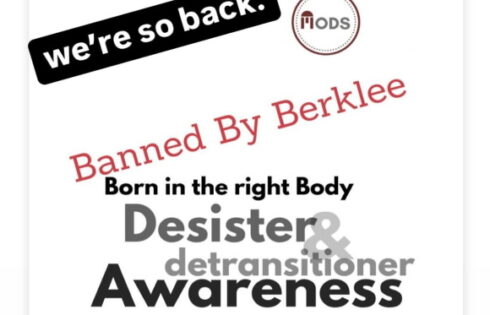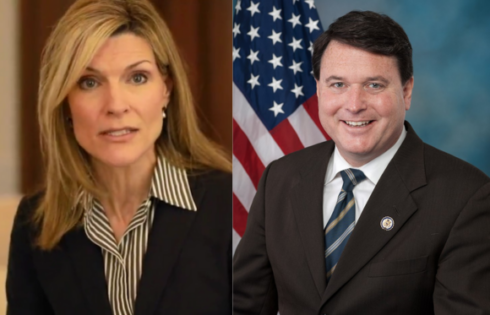
A professor from the University of Southern California says the use of videos depicting the deaths of African Americans at the hands of law enforcement should be limited, calling them “exploitative.”
Allissa Richardson of USC’s Annenberg School for Communication and Journalism told City News Service “The fact that [George Floyd’s killing is] being looped casually, almost like a sports highlight, is very disturbing.”
While images like those of Mr. Floyd “have ignited social justice movements in the U.S. and around the world” Richardson said, they have also been used “to reinforce negative messages of white supremacy and casual racism.”
She added they also “kind of function as black snuff films.”
The professor appealed for restrictions on the use of such media.
“In the past, black activists did not just broadcast (these images) and loop them with that casual air that we see now,” Richardson said. “They used them for a very small point in time … to highlight a social justice issue and then they put them in … a shadow archive (like) a newsroom, a library or a museum.
“So that’s really what I’m calling for us to do is to eventually get to the space where we just believe black people, and we don’t need to have all of these different kinds of videos as proof.”
“We can’t really think readily of a time when we’ve seen white people dying on television news at all,” she said.
That’s true even during mass tragedies, such as the 9/11 terrorist attacks or the 2017 mass shooting at the Harvest music festival on the Las Vegas strip, Richardson said.
“Most of those victims were white, but we don’t have to have the horrific videos and footage to know that lots of people lost their lives,” she said.
Despite the fact that nearly 3,000 people died during 9/11, the only widely publicized photo of anyone dying that day is of a man falling from the World Trade Center. That’s because a concerted effort was made by journalists not to circulate other available images, Richardson said.
A different kind of calculus, both more callous and more distrustful, seems to apply to people of color, she said.
“For black people, we have to do an additional kind of mental acrobatics to say, `Well, OK, is there a video? Let me see this video, and let me see if it’s complete enough. Are there pieces that could possibly be missing that could explain why this person deserved their demise?”’
Prof. Richardson added “It’s really just a question of us constantly questioning, who deserves humanity, who deserves dignity in their final moments.”
According to her faculty page, Richardson’s research focuses on “how marginalized communities use mobile and social media to produce innovative forms of journalism — especially in times of crisis.”
MORE: Majority of public U’s violate 1st Amendment when it comes to social media
MORE: How media bias, demand for racial narrative ruined autistic woman’s life
IMAGE: rudall30 / Shutterstock.com




Please join the conversation about our stories on Facebook, Twitter, Instagram, Reddit, MeWe, Rumble, Gab, Minds and Gettr.